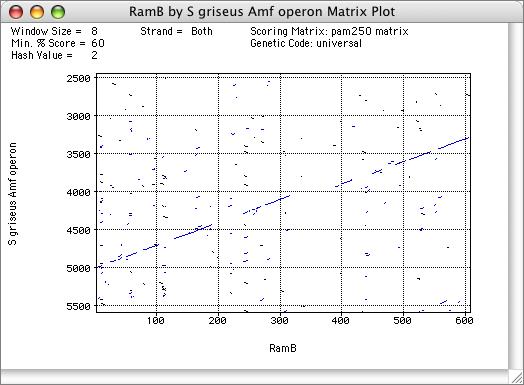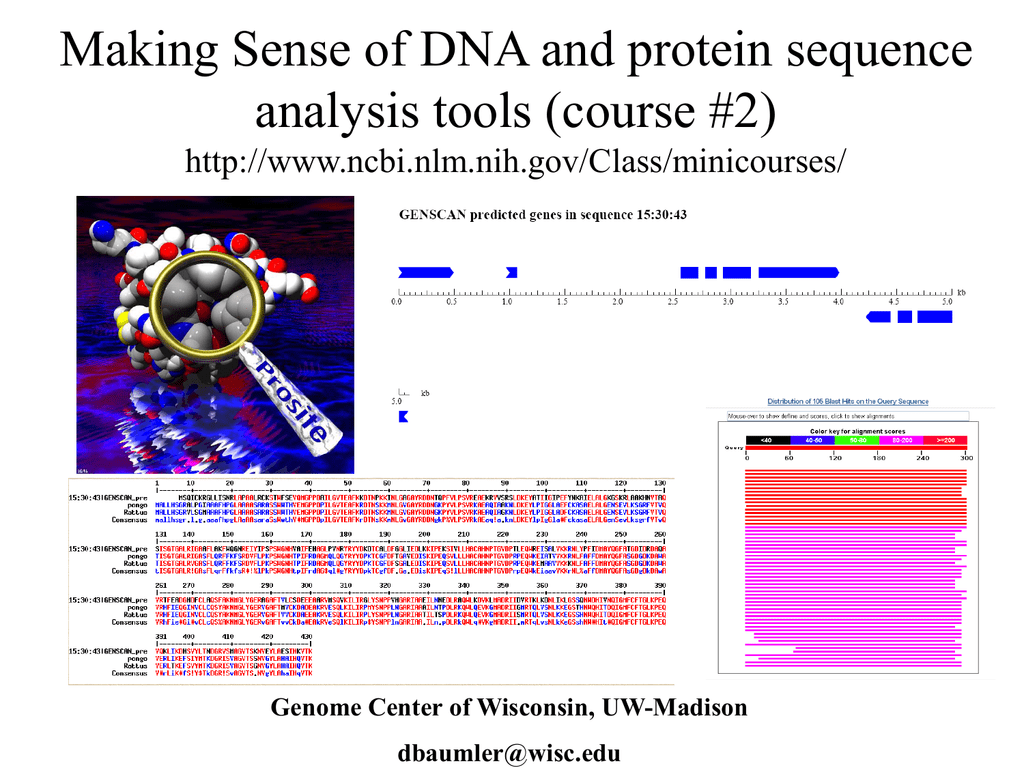
Clone 26 showed 64% identity to CYP71D10 in soybean but the function of this gene is still unknown. LN PCR 3,5,7 have matched P450 sequences of Flavonoid 3’-Hydroxylase (petunia x hybrida) but this matching was only found when translated sequence containing the primer sequences were used. Out of these clones, both LN PCR 28 and 29 have 37 % amino acid sequence identity with CYP73A34 from barley (Nelson, D.R.

We have cloned 30 barley P450 gene fragments using PCR strategy (Table 1). T The first and last amino acid residues of each sequence (F, P) are derived from sequences of degenerate primers.Ī Translated sequence including primer sequences were used to search against the Genbank database to confirm their classification of P450. List of P450 gene fragments isolated by PCR based methodsĪmino acid sequence identity between isolated clones and best matched P450 genes/ species Results Molecular cloning of barley P450 genes by Polymerase Chain reaction based methods Using BLAST searches, ESTs that showed high similarity to P450 clan representatives were compared to sequences in Genbank to confirm their classification. Full-length sequences from the 9 representative clans of the P450 superfamily were searched against the ITEC database. Using FASTA program, approximately 24000 wheat and barley sequences from the ITEC database were screened for P450 genes. Approach 2: Gene identification from Expressed Sequence Tags. Multiple sequence alignment was performed with Clustal W program (MacVector version 6.5.3, Oxford Molecular Ltd.). Translated sequences (with or without primer sequences) were compared to the Genbank database using BLASTP program. Cloned sequences were analysed using MacVector (version 6.5.3, Oxford Molecular Ltd.). Inserts of positive clones were sequenced by ABI BigDye Terminator. PCR products were cloned into TA cloning vector (Promega). Degenerate primers were employed to amplify nucleotide sequences around the haem-binding region. Two forward and four reverse primers were designed based on consensus amino acid sequence occurring between domain C and the haem-binding of most cytochrome P450 sequences. Chebec and Harrington), using DNeasy plant mini kit (QIAGEN) according to the manufacturer’s protocol. Template DNA was extracted from barley seedlings (cv. Among these domains, D is located near the C terminal end and contains a highly conserved FxxGxxxCxG that corresponds to the haem-binding group of most P450 plants (Chaple, 1998). Each domain has its own pattern of amino acid sequence (Kalb and Loper, 1988). These regions, also called domains, are named A, B, C, and D. The four regions of sequence conservation are found in most cytochrome P450 sequence including plant P450s. Strategy to amplify amino acid sequence around the haem-binding by PCR primers. Materials and Methods Approach 1: Molecular cloning of barley P450 genes by Polymerase Chain Reaction based methodsįigure 1. Expression techniques are being employed to investigate gene expression patterns of isolated barley P450 clones. The second approach is the use of the International Triticeae EST Cooperative (ITEC) database () to search for P450 gene sequences. The first approach is the application of Polymerase Chain Reaction based methods to clone gene fragments from genomic DNA. In this paper, we describe our strategies to apply molecular cloning techniques to isolate P450 genes from barley. However, the function of most of these genes is still unknown.

Recently, sequencing of the complete Arabidopsis genome identified a total of 224 cytochrome P450 genes. However, in the last decade, molecular cloning techniques have been successfully used to isolate a large number of P450 genes from many species. Purification of functional P450 enzymes has proven to be difficult due to their low abundance and lability (Chaple, 1998). In addition, the heme group of P450s is responsible for several catalytic reactivities of cytochrome P450 in plants. P450s are also involved in herbicide detoxification in cereal crops, including barley. In plants, P450s are known to play important roles in production of hormones, pigments, oils, and defensive compounds. This gene family is diverse in structure and function, which enables these enzymes to participate in numerous biosynthetic and degradative pathways. Plant P450s belong to the cytochrome group that are membrane-bound enzymes, usually found in plant endoplasmic reticulum. Holton 1,2ġCRC for Molecular Plant Breeding, Centre for Plant Conservation Genetics, Lismore NSW 2480, AustraliaĢ Southern Cross University, Military Road, Lismore NSW 2480, Australia Introduction Linh Nguyen 1,2, Angela Delves 2, Peter Bundock 1,2, Timothy A.


 0 kommentar(er)
0 kommentar(er)
